In general, recursion is about finding a repetitive pattern and extrapolating it to a more general solution. According to Wikipedia:
"Recursion is the process of repeating items in a self-similar way.”
But it's a quite vague and unspecific definition. Let's go to the examples.
Binary tree is a highly repetitive structure. Consider this (almost) minimal example:

Now, imagine that you want to visit each node in that tree, assuming that you are starting in the root. It seems pretty straightforward:
visit(l_child)
already in root
visit(r_child)
already in root
/ \
/ \
visit(l_child) visit(r_child)
So basically you are:
starting in the root →
visiting the left child →
getting back to the root →
visiting the right child →
getting back to the root.
Take a look at another example of a binary tree:

As you can see there's a huge resemblance to the previous structure. Now, let's visit each coloured node:
visit(l_subtree)
already in root
visit(r_subtree)
It's exactly the same pattern. Since we know how to traverse the subtrees, we can think of a more general algorithm:
inorder(node):
if node == null: //we've reached the bottom of a binary tree
return 0
inorder(node.l_child)
do_something(node)
inorder(node.r_child)
And that's the whole inorder traversal algorithm. I'm certain that you can figure out on your own how to write a pseudocode for preorder and postorder.
If recursion is still not intuitive to you, you can check this fractals example.

